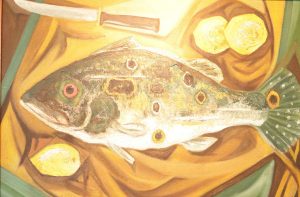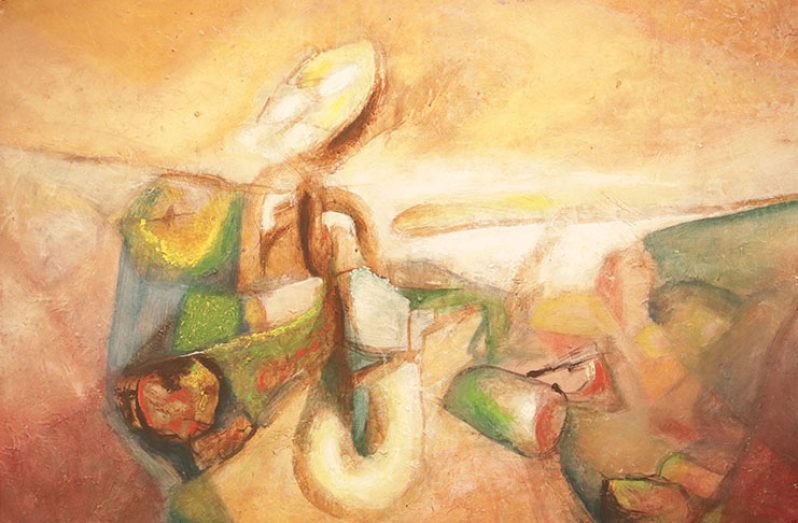WHEN I think about the magnitude of the creative process in art-making, it strikes me afresh how astounding is the ability of an artist! Whether they create realistic, abstract or non-objective work, a great level of skill is required. As I continue my reading on the correlation between art and psychology, my appreciation for art grows.
Psychology is the scientific study of the human mind and its function. Visual arts are expressions of human creativity that appeal to our sense of sight. According to Psychology, our visual intake occurs via the process of perceptual learning. Perceptual learning is the process by which the ability of sensory systems to respond to stimuli is improved through experience. Perceptual learning occurs through sensory interaction with the environment as well as through practice in performing specific sensory tasks. An example of perceptual learning is the ability to differentiate shades of colour. This phenomenon gives an insight into the reaction of different viewers to a particular piece of art.
As a Guyanese artist, there are some works within the art world that I struggle to consider as art. For example, I saw a painting with a single red dot on a canvas and found myself questioning the ability of the artist. This painting was sold for millions of dollars. I remember thinking – what if making art in Guyana was that simple. I know with all certainty that our local artists wouldn’t consider creating such a simple piece and calling it ‘art.’ It’s simply not in our nature. It also contradicts our cultural heritage. Besides, it defies our training and understanding of space, more specifically negative space. We are also cognisant of the fact that our viewers aren’t just looking at our work for the aesthetics, but they are also seeking to evoke a feeling.

Why if we are shown an empty room with only a ball in it, leaning against a wall, do we see the ball rather than a wall, although there is far more of the wall than the ball. The easy answer is that the ball is a familiar and useful object. This is why our local art is so interesting. Our subject matter focuses on what our viewers find useful. Artists aren’t simply just taking up space, they are bringing objects to life on a two-dimensional surface. They are representing who we are, what we do, and what we stand for.
Psychology further explains that sometimes we see things that are not so because to see them this way is easier, neater and makes better sense. Our personal experiences also influence how we see what we see. In other cases, we cannot accept the true sensory information at all. The illusion persists even when actual measurements are taken and the trick is pointed out. Suppose you see a drawing of a receding street with everything in it scaled for perspective except the second lamp-post, which had been drawn the same size as the one ‘nearest’ to you. The viewer may assume that the second lamp post is smaller, but that is not so. Measure the two with a ruler, and you will see it disproportionately tall. It’s quite amazing how the viewer’s eyes make adjustments to things to simply appeal to their senses.
The art pieces in this column are currently on display at The National Gallery in an exhibition entitled, ‘Agent of Transformation’. I encourage you to visit the exhibition which will be on display until 28th March, 2020.



.jpg)










